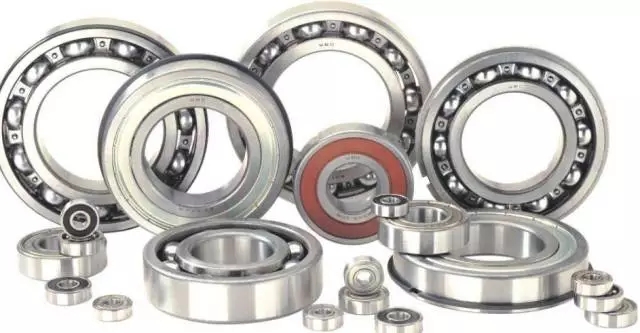
Guide: I believe that everyone has encountered the situation that the new bearing makes noise after being installed. At this time, we must think of return, but bearing noise must be the quality of the product? According to the long-term summary of the technicians, there are 30 reasons for the bearing noise, and there may be many that we haven't met before. Welcome to add.

30 kinds of reasons for bearing noise
1. Grease has impurities;
2. Insufficient lubrication (oil level is too low, improper storage leads to oil or grease leakage through the seal);
3. The clearance of the bearing is too small or too large (problem of the manufacturer);
4. Impurities such as sand or carbon particles are mixed into the bearing to play the role of abrasive;
5. The bearing is mixed with water, acid, paint and other dirt, which plays a corrosive role;
6. The bearing is clamped flat by the seat hole (the roundness of the seat hole is not good, or the seat hole is not straight);
7. The pad iron at the bottom of the bearing seat is not smooth (resulting in deformation of the seat hole or even cracks in the bearing seat);
8. There are sundries in the bearing seat hole (residual chips, dust particles, etc.);
9. The sealing ring is eccentric (contact with adjacent parts and friction occurs);
10. The shaft bears extra load (the shaft bears axial tension, or there are two fixed end bearings on one shaft);
11. The fit between the bearing and the shaft is too loose (the diameter of the shaft is too small or the tightening sleeve is not tightened);
12. The clearance of the bearing is too small and it is too tight when rotating (the tightening sleeve is too tight);
13. There is noise in the bearing (caused by the sliding of the roller end face or steel ball);
14. The thermal elongation of the shaft is too large (the shaft bears the static indefinite axial additional load);
15. The shaft shoulder is too large (contact with the seal of the bearing and friction occurs);
16. The retaining shoulder of the seat hole is too large (the seal of the bearing is distorted);
17. The clearance of labyrinth seal ring is too small (friction with shaft);
18. The teeth of the lock washer are bent (touching the bearing and friction occurs);
19. The position of the oil slinger is not appropriate (contact with the flange cover and friction occurs);
20. There is a pressure pit on the steel ball or roller (caused by striking the bearing with a hammer during installation);
21. The bearing has noise (interference from external vibration source);
22. The bearing is discolored and deformed by heating (caused by dismantling the bearing by heating with a spray gun);
23. The shaft is too thick to make the actual fit too tight (resulting in high bearing temperature or noise);
24. The diameter of the seat hole is too small (causing the bearing temperature to be too high);
25. The diameter of bearing seat hole is too large, and the actual fit is too loose (bearing temperature is too high - outer ring slipping);
26. The bearing seat hole becomes larger (the non-ferrous metal bearing seat hole is propped up, or becomes larger due to thermal expansion);
27. Cage broken.
28. The bearing raceway is rusted.
29. Steel ball and raceway are worn (unqualified grinding or product bruised).
30. The raceway of the ferrule is unqualified (the problem of the manufacturer).